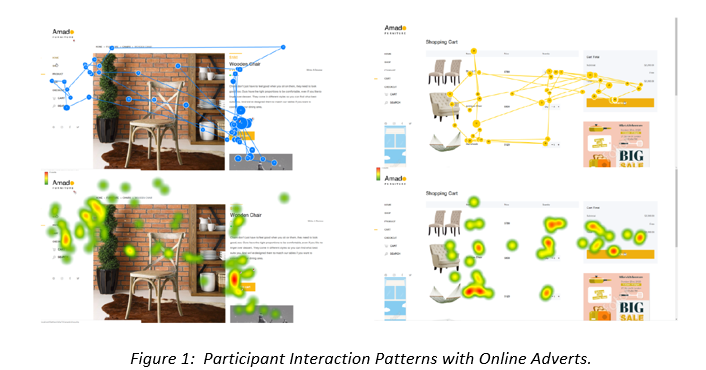According to Eurostat [1], by 2012 75% of individuals aged 16 to 74 had used the internet in the previous year, with 60% of these Internet users reporting that they had shopped online. In the United Kingdom it was reported that 80% of internet users were online shoppers, this figure being the highest in Europe. In 2012, the most common online purchases were clothing as well as travel and holiday accommodation, while in 2014 global online retail sales represented over 5% of total global sales, which was around $1.3 trillion annually [2]. Moreover, in 2015, the Interactive Advertising Bureau reported that Internet advertising had reached
$59.6 Billion, an increase of over 20% over the previous year.
As a result, in today’s business environment, companies strive to maintain and expand their customer base, using numerous strategies to reach out to their clients. Companies commonly use websites and social media to reach out to and interact with their clientele, in order to showcase their products. Such websites need to be of high quality in order to exhibit the professionalism of the business. Websites need to have high usability and allow the user to efficiently and effectively use E-Commerce websites whilst also being satisfied with the experience.
This eye tracking study will evaluate if online banner and video adverts affect the usability of such websites. By comparing two types of adverts and two different types of E-Commerce website designs to see if such influence exists, this study will investigate whether different types of adverts have different levels of influence on usability, whilst also establishing whether this influence varies on different website designs. Throughout the experiment, 90% of participants noticed video adverts, with a further 60% stating that such adverts were annoying and frustrating. In contrast, only 35% of the participants noticed banner adverts. Figure 1 shows how participants interacted with both the banner and video adverts.
This study concluded that whilst users are able to use such websites efficiently and effectively, users exposed to video adverts were not satisfied with their experience, as it affected the overall usability of the website. On the other hand, banner adverts had no effect on the usability of E-Commerce websites. Moreover, this influence stays relatively constant even with change of designs, concluding that video advertising is detrimental to the usability of E-Commerce websites.

References
[1] “Nearly 60% of eu internet users shop online,” https://bit.ly/2Ehtchs, 2013, accessed: 2018-11-02. [2] Q.Wang, “Usability research of interaction design for e-commerce website,” in 2011 International Conference on E-Business and E-Government (ICEE). IEEE, 2011, pp. 1-4.
Student: Matthew Vella
Supervisor: Dr Colin Layfield
Course: B.Sc. IT (Hons.) Software Development
